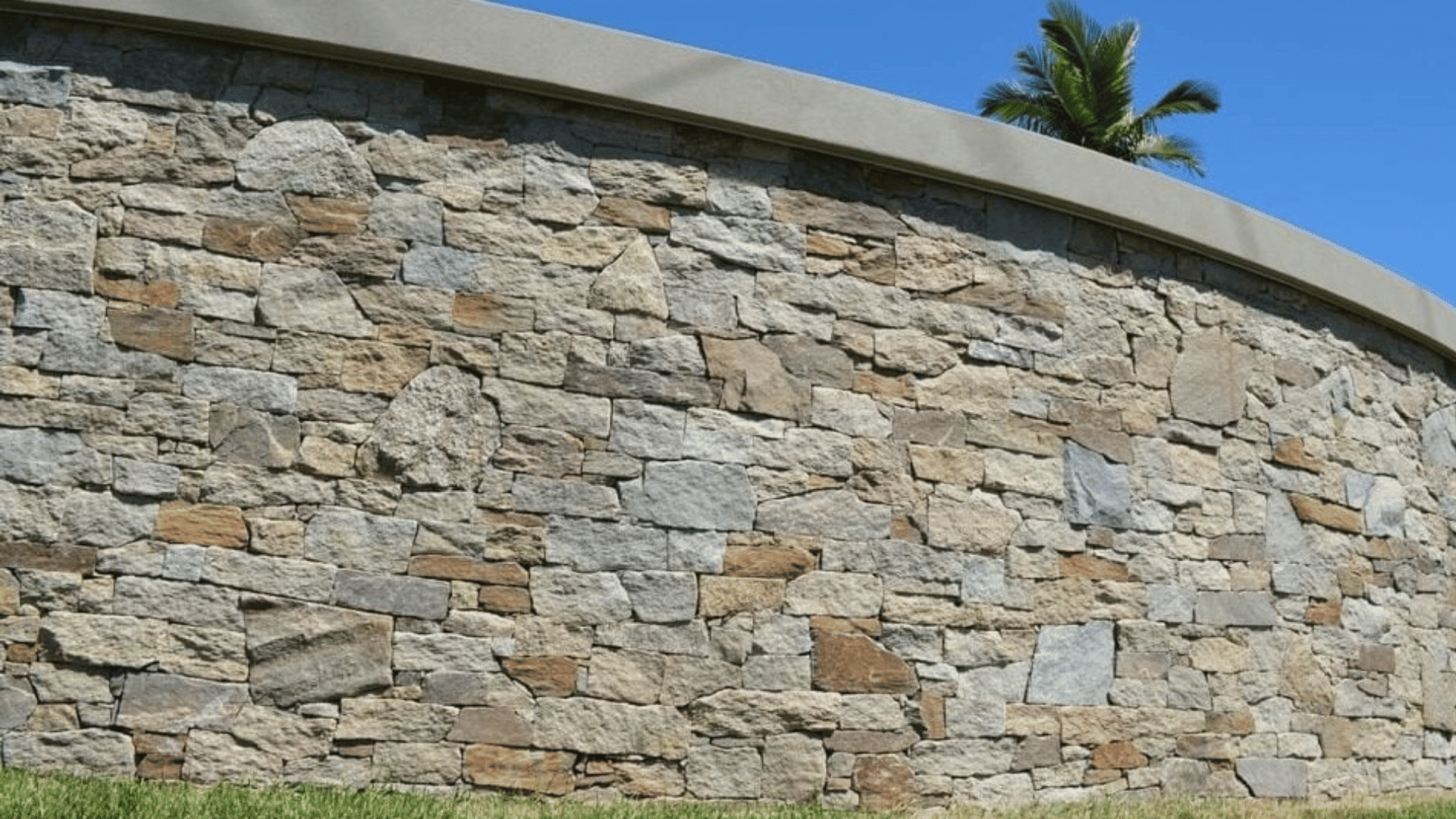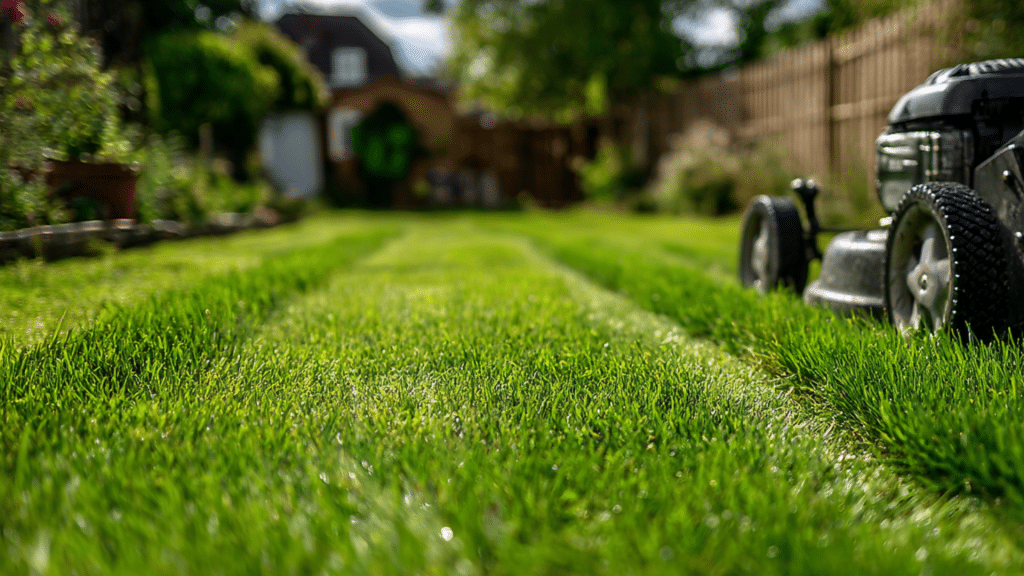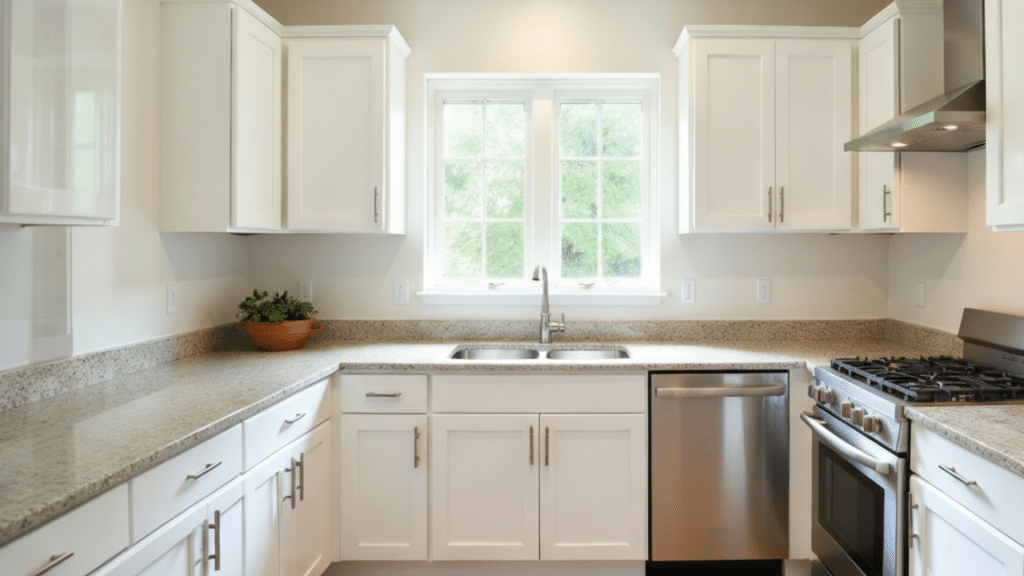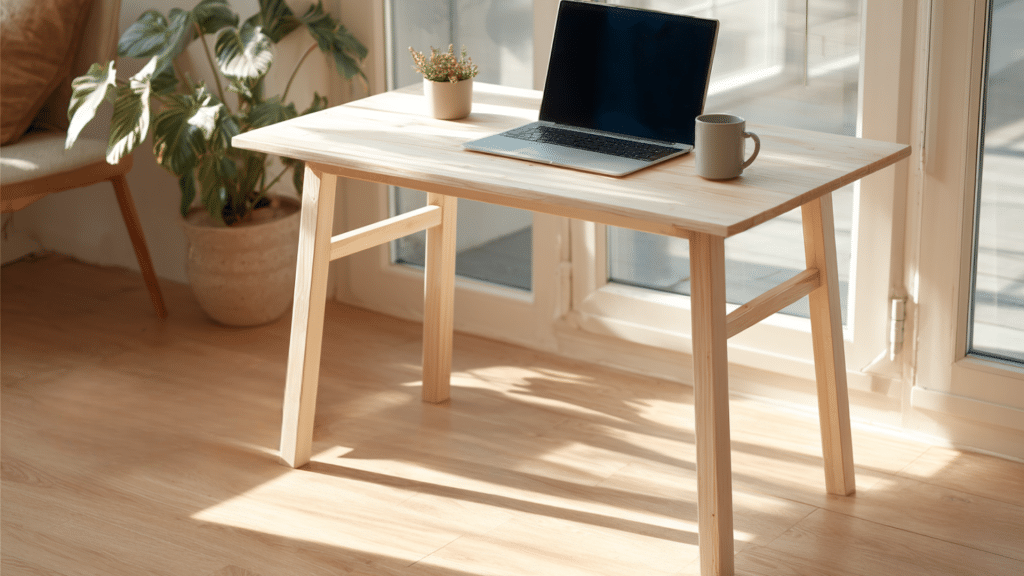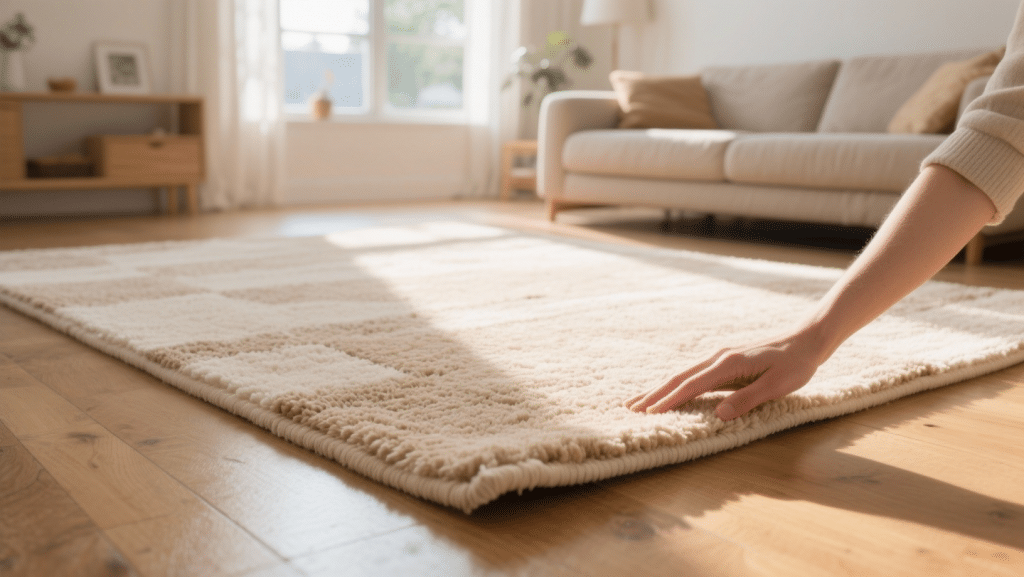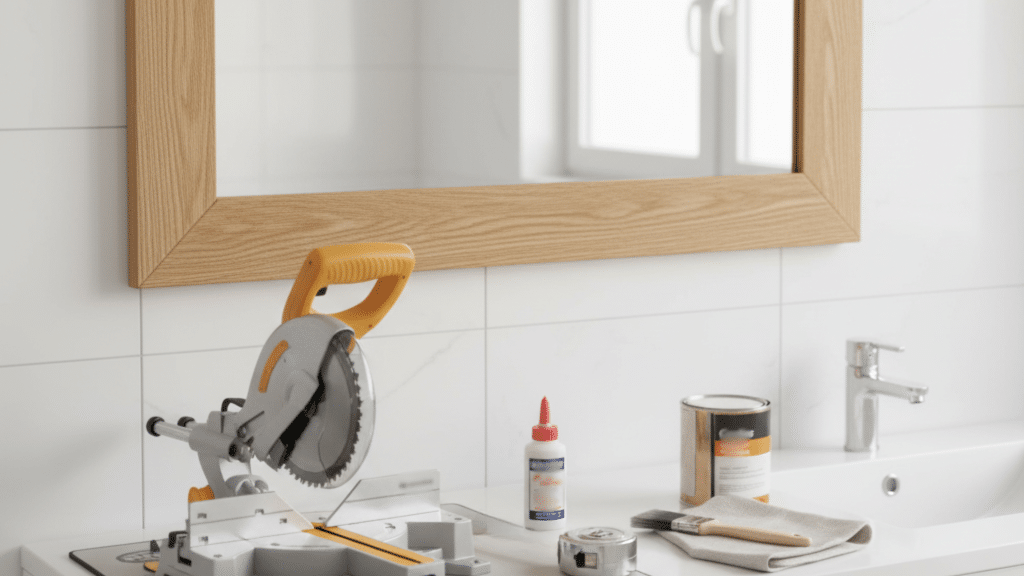Do you have a sloping yard that makes you wish for more usable space?
Maybe you’re dealing with erosion, and you’re tired of watching your garden wash away. I know the feeling. The solution to these problems often comes down to one thing: a retaining wall.
Retaining walls are much more than just a stack of stones.
They’re an essential landscaping feature that can change your outdoor area, making it more functional and visually appealing.
In this blog, we’ll learn about the different types of retaining walls and the unique benefits each offers, helping you decide which one is right for your project.
Importance of Retaining Walls
Retaining walls are much more than just a decorative feature; they’re essential for the function and safety of a property. They play a crucial role in landscaping, construction, and overall property management, especially on sloped land.
A retaining wall acts as a sturdy barrier that holds back soil. This is incredibly important for slope management.
When you have a sloped yard, gravity is constantly pulling the soil downhill. A retaining wall prevents this, which is key for soil stability. Without one, you could face issues like erosion, where rain washes away valuable topsoil.
By installing a retaining wall, you can create flat terraces. These terraces can become a beautiful garden, a patio, or a play area for kids.
They essentially reclaim unusable land, turning a problem into a valuable part of your property.
Different Types of Retaining Walls
When choosing a retaining wall, you’ll find there are several types of retaining walls, each with a unique design and specific benefits.
Knowing the differences can help you select the best wall for your project’s needs.
1. Gravity Retaining Walls
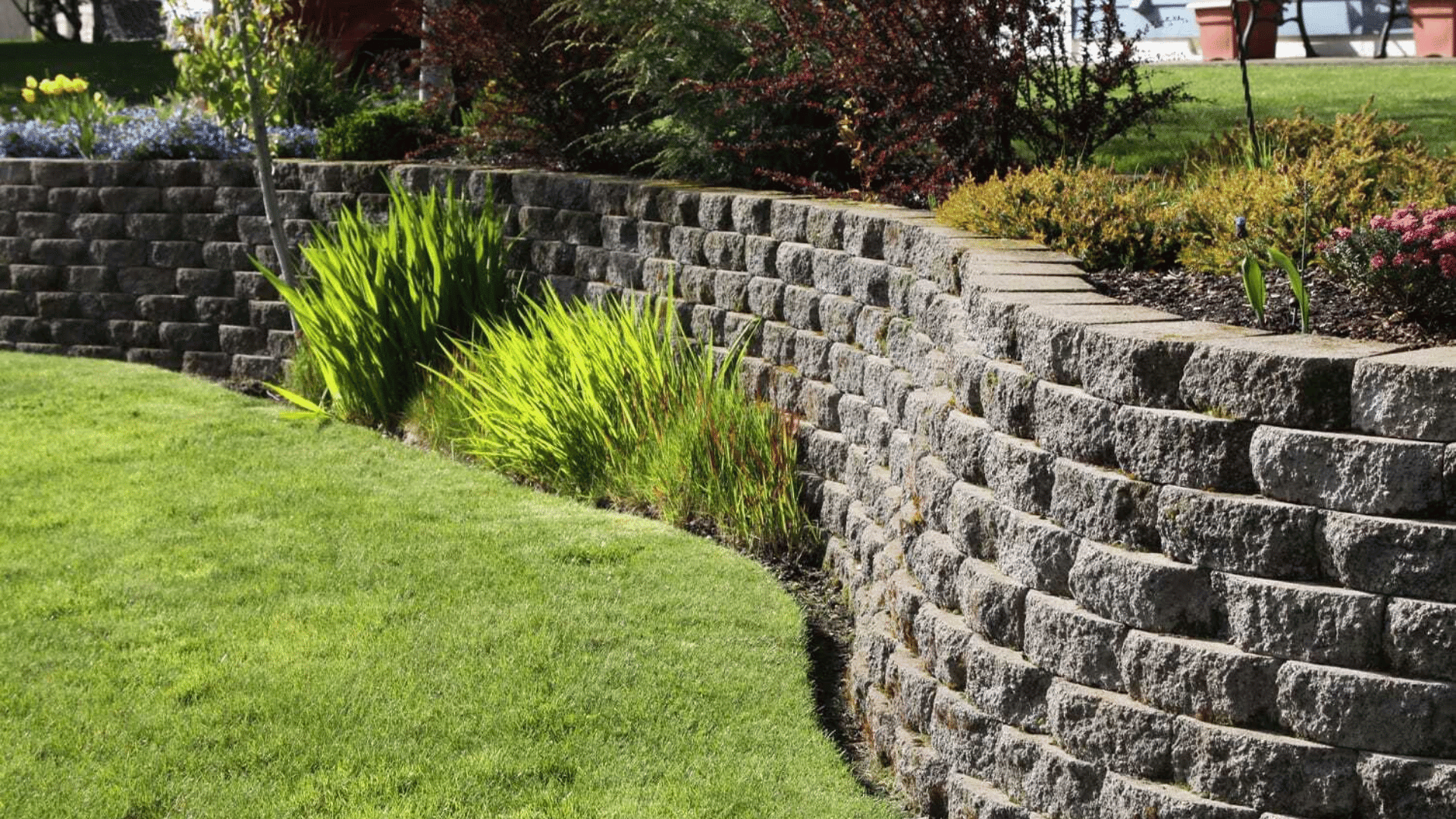
These are the most common and simplest types of retaining walls. They rely on their sheer weight and mass to hold the soil behind them.
The design is straightforward, and they are typically built using materials like stone, concrete, or brick.
- Benefits: Gravity walls are cost-effective, very durable, and are great for handling small to medium loads, like in a garden or a low-sloped yard.
- Best for: Small to medium-sized projects that require a classic, durable look.
2. Cantilever Retaining Walls
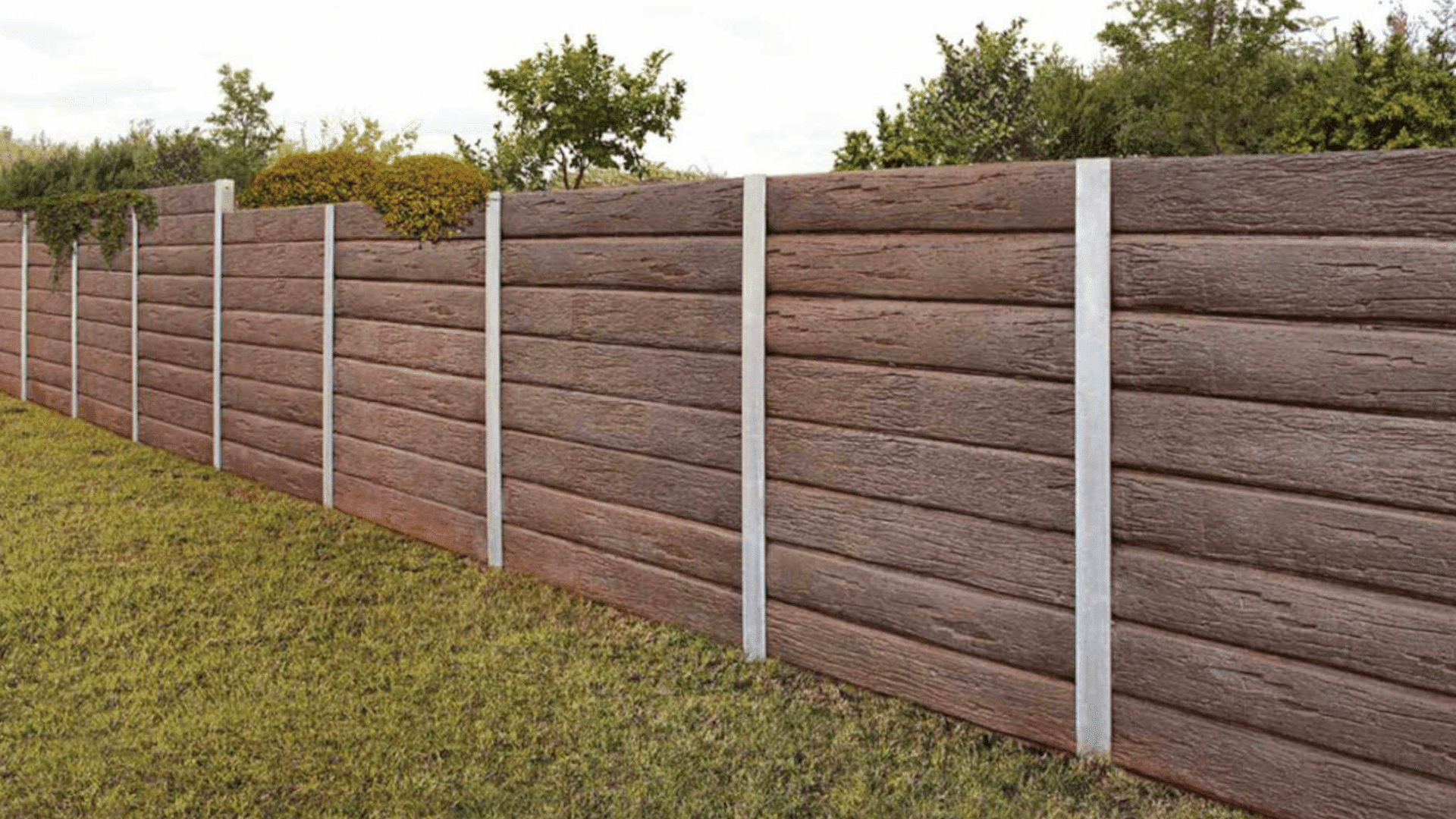
A cantilever wall uses a reinforced concrete foundation shaped like an “L” or “T.”
This design leverages the weight of the soil on the base to hold the wall upright, making it more stable than a simple gravity wall.
- Benefits: They are an efficient use of materials and are well-suited for medium to large projects where a taller wall is needed.
- Best for: Taller walls on residential or commercial properties where you need a strong, stable structure.
3. Counterfort Retaining Walls
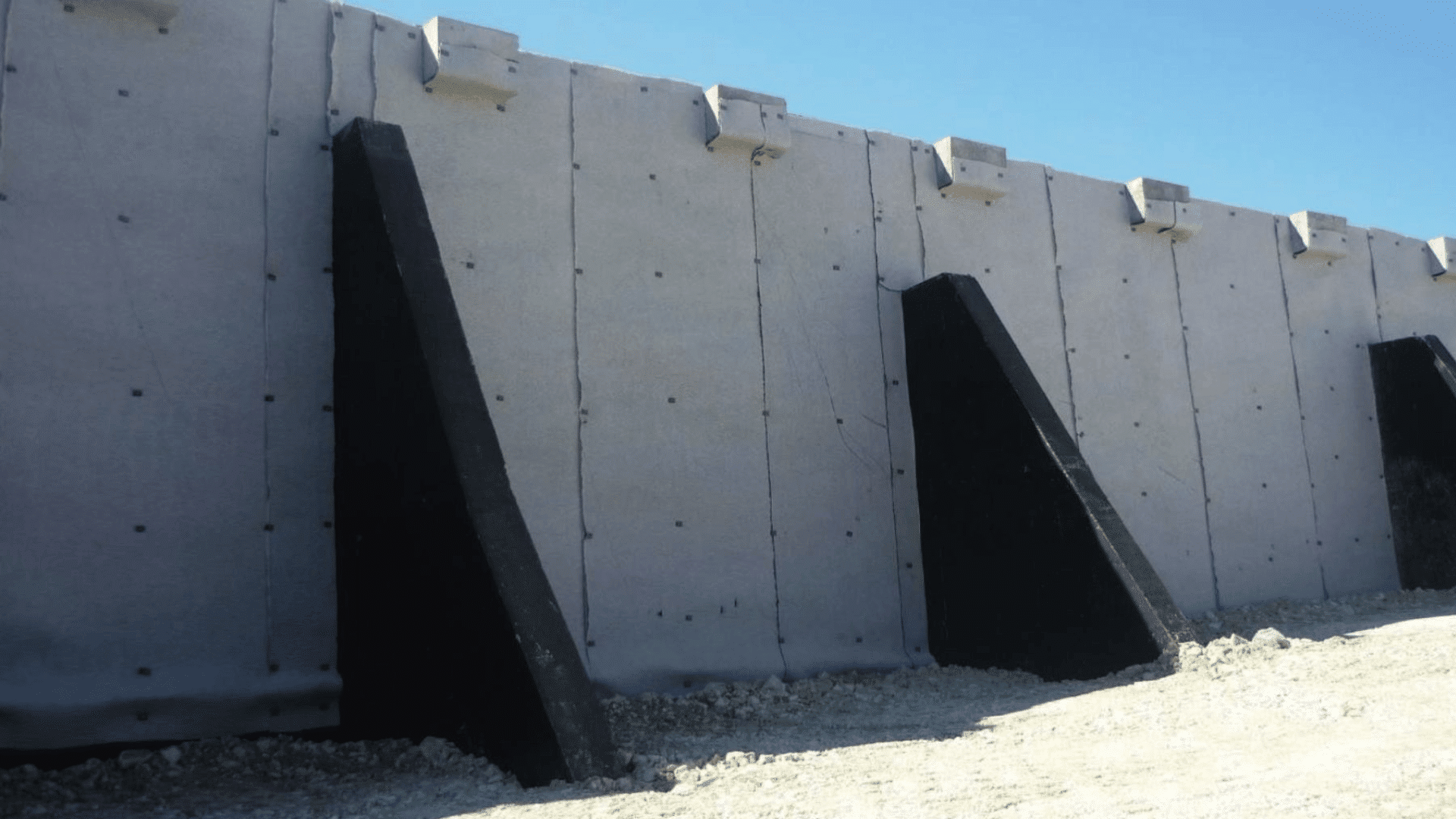
These walls are a variation of the cantilever wall, but they feature triangular-shaped support walls called counterforts on the backside.
These counterforts tie the wall and its base together, providing extra reinforcement.
- Benefits: Counterfort walls are perfect for very tall walls, as the counterforts provide strong support and significantly reduce the bending pressure on the wall.
- Best for: Large-scale engineering projects and extremely tall walls.
4. Anchored Retaining Walls
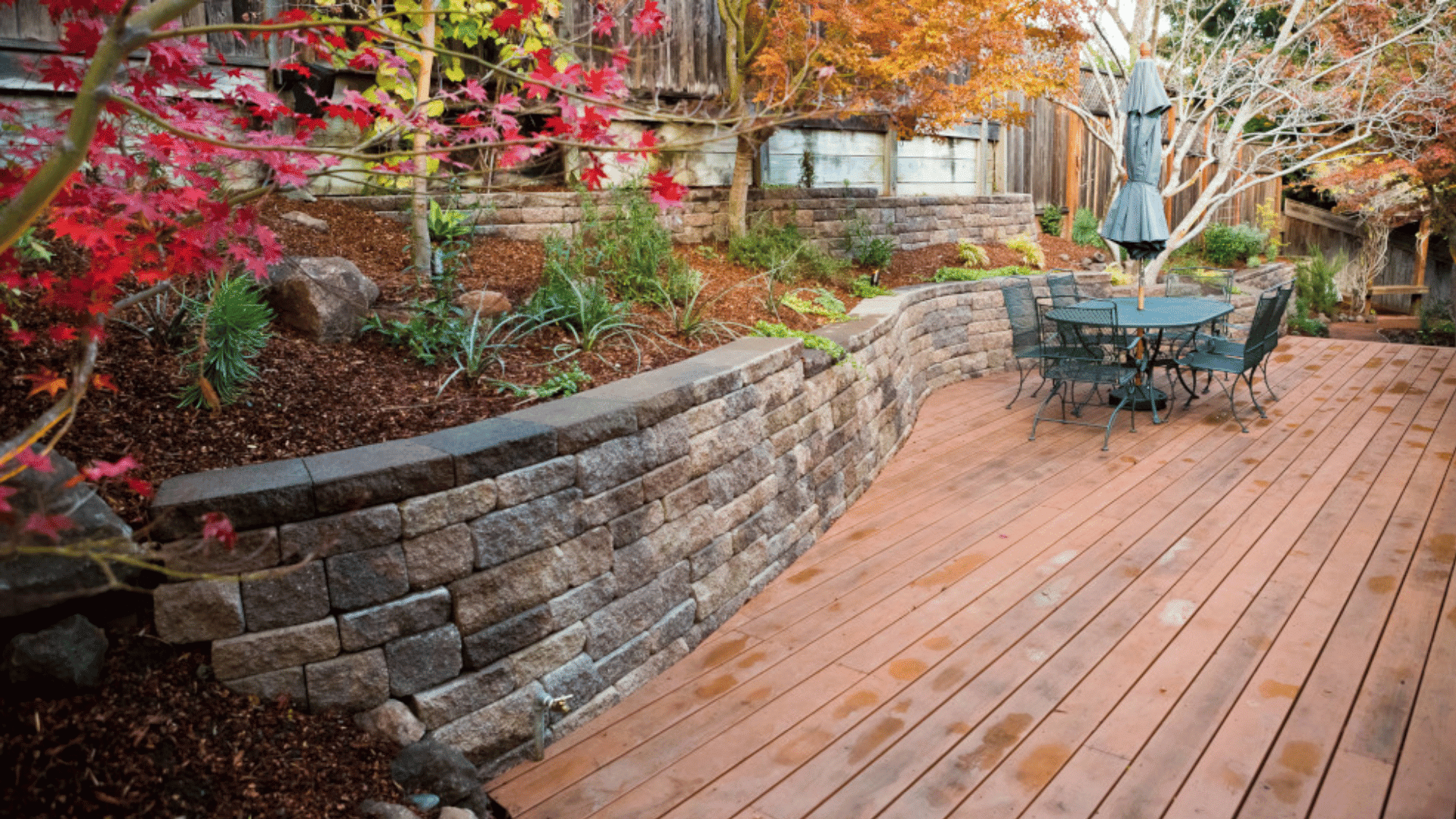
An anchored wall is held in place by cables or rods that are driven deep into the soil or rock behind it. The anchors are then tensioned to provide stability.
- Benefits: They are very versatile and are the best choice for areas with limited space or for exceptionally high walls where other types might not be strong enough.
- Best for: When you need to build a wall in a tight space or on a very steep slope.
5. Sheet Pile Retaining Walls
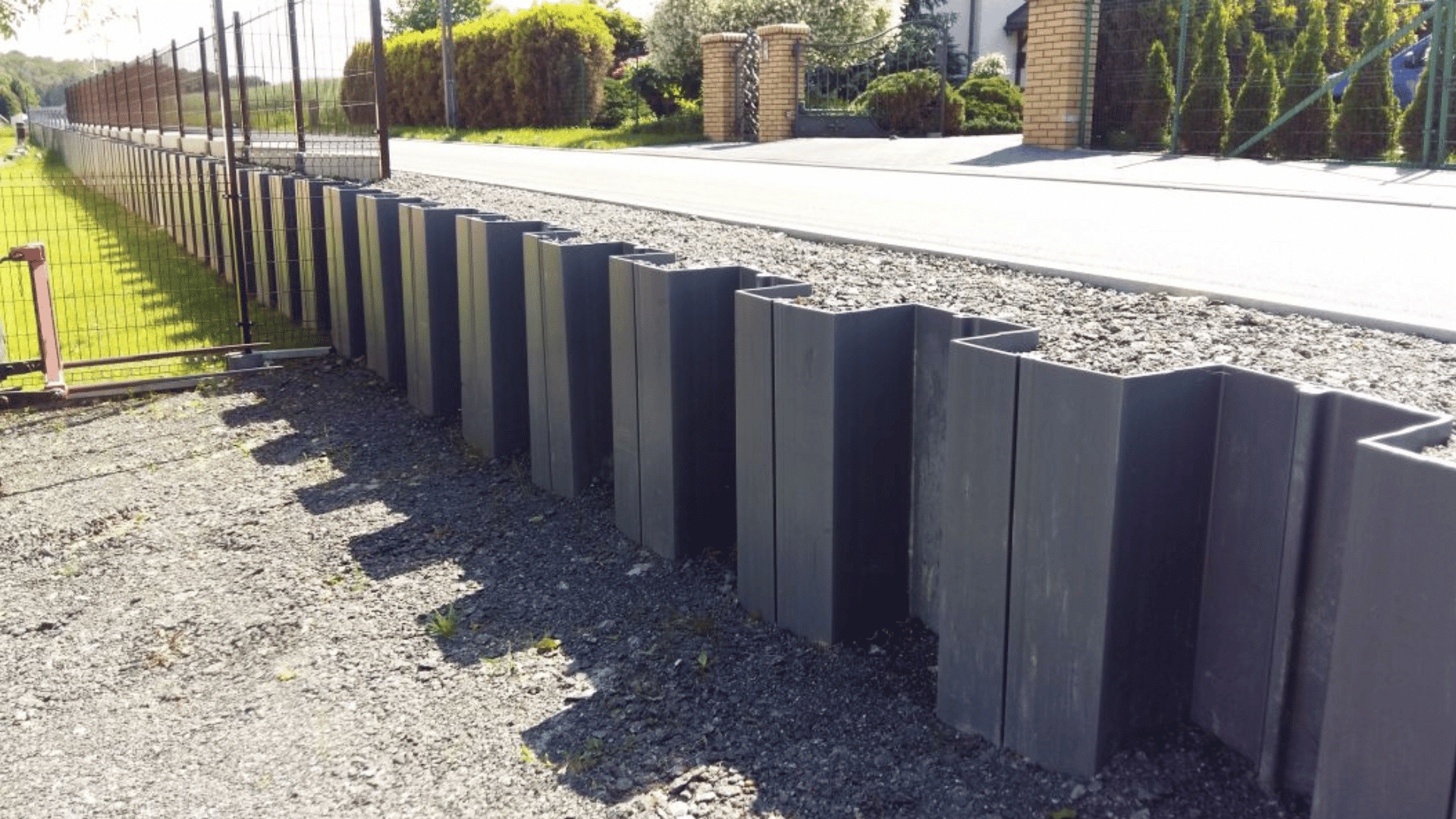
This type of wall is made of thin sheets of steel, vinyl, or wood that are driven deep into the ground.
They are ideal for soft soil conditions and are frequently used near waterfronts.
- Benefits: Sheet pile walls are lightweight, work well in tight spaces, and are installed quickly.
- Best for: Soft soil areas and marine environments.
6. Gabion Retaining Walls
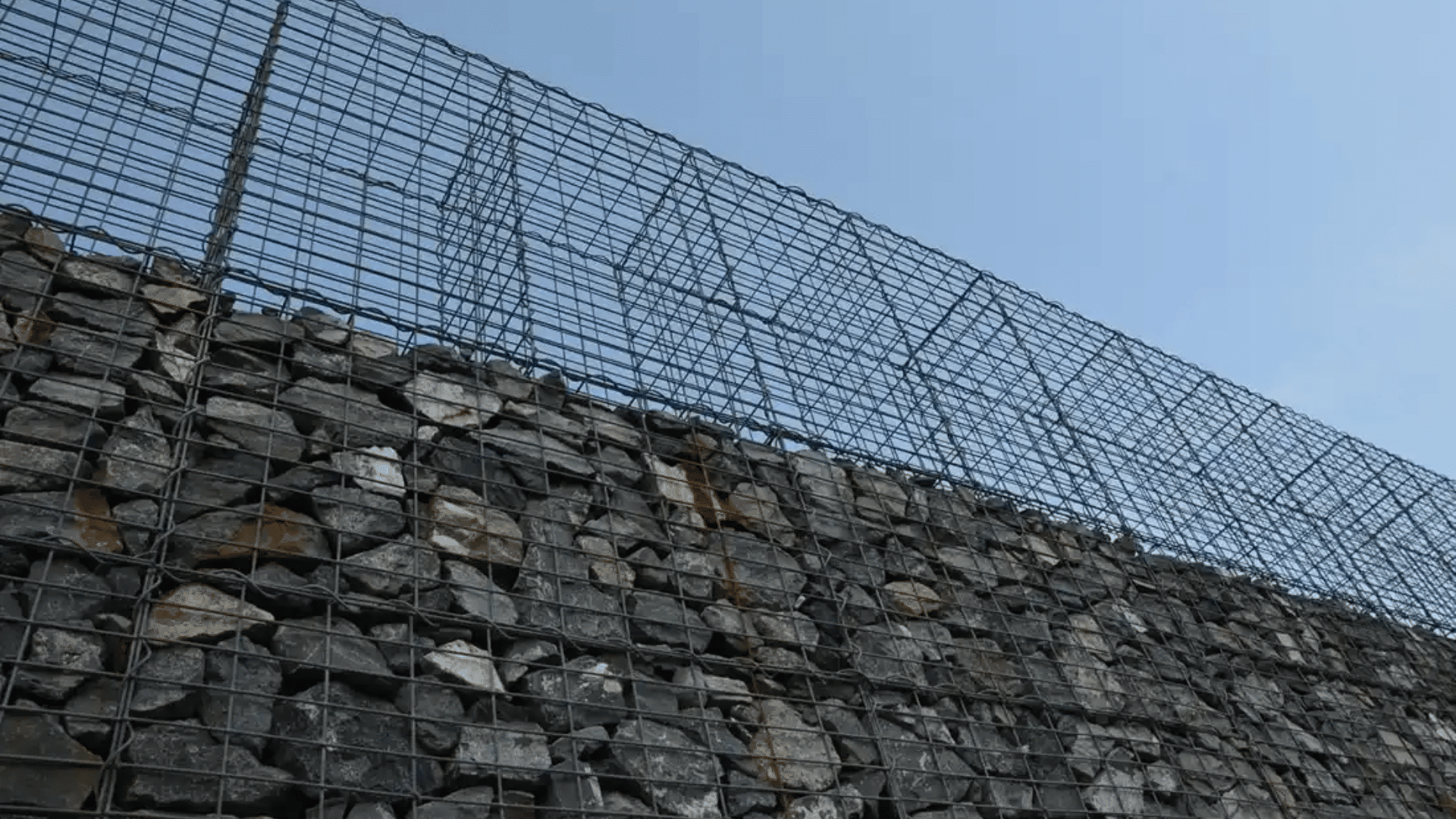
Gabion walls are essentially wire cages filled with large stones, rock, or rubble. They have a more rustic or industrial look and are often used in natural or eco-friendly designs.
- Benefits: These walls are very affordable, permeable (allowing water to pass through), and blend seamlessly into natural surroundings.
- Best for: Slopes where drainage is a concern and for a more rugged, natural visual.
7. Crib Retaining Walls
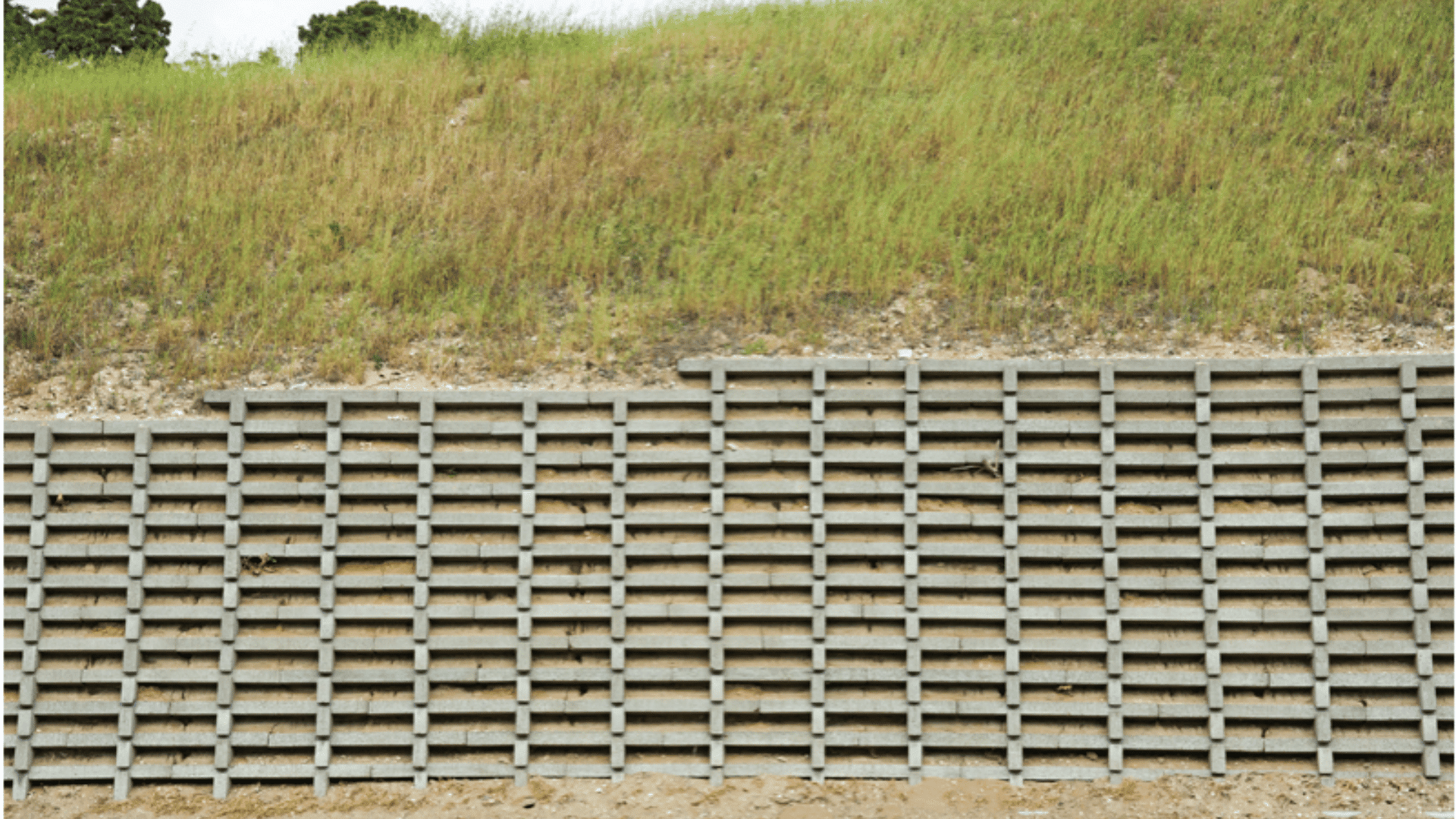
Crib walls are made from interlocking boxes, which can be made of concrete or timber, that are filled with soil or gravel. This creates a solid, stable structure.
- Benefits: They offer good drainage, are relatively simple to install, and their open-celled design can be used to grow plants, making them more visually pleasing.
- Best for: Gardens and landscaping projects where you want a natural, vegetated look.
Choosing the Right Retaining Wall
So, how do you pick the right one? The decision comes down to a few key factors.
First, consider the technical stuff. The soil type on your property is crucial, along with the load the wall will be holding back. You also need to think about drainage needs.
If you have a lot of water runoff, a permeable wall might be the perfect solution.
Beyond the technical side, art and design preferences play a huge role. Do you want a classic stone wall or a more rustic gabion look? It’s about finding the right balance between function and style.
Finally, always know when to seek professional advice. For any wall over four feet tall, or if you’re dealing with a complex slope, it’s best to consult a professional engineer or a qualified contractor.
They can ensure the wall is designed correctly and built to last.
Benefits of Retaining Walls in Landscaping
Beyond their primary function of holding back soil, retaining walls offer some really great benefits that can totally change a yard.
They are a valuable investment that goes far beyond just a practical solution, truly improving your outdoor space.
- Prevents Erosion: A well-built retaining wall helps manage water and soil, preventing valuable topsoil from washing away during heavy rain.
- Controls Flooding: By slowing down water runoff, a wall can prevent water from pooling up and causing flooding, especially near your home’s foundation.
- Adds Functional Space: Retaining walls can turn a steep, unusable hill into flat, tiered levels perfect for a new garden, a patio for entertaining, or a play area.
- Improves Outdoor Design: With different materials and styles available, a retaining wall can become a major focal point, adding visual interest and structure to your landscape.
- Increases Property Value: The improved functionality and tasteful appeal of a well-designed retaining wall can significantly boost your home’s curb appeal and overall value.
Conclusion
No matter the size of your project, a retaining wall can be a changing addition to your property.
We’ve seen the various types of retaining walls, from the simple and durable gravity wall to the intricate anchored and gabion designs.
Each one offers unique benefits, whether you need to manage a steep slope, create more usable yard space, or simply add a beautiful new feature to your landscape.
By making an informed decision, you can ensure your new retaining wall is not just a practical solution but a lasting investment that protects and improves your home for years to come.

